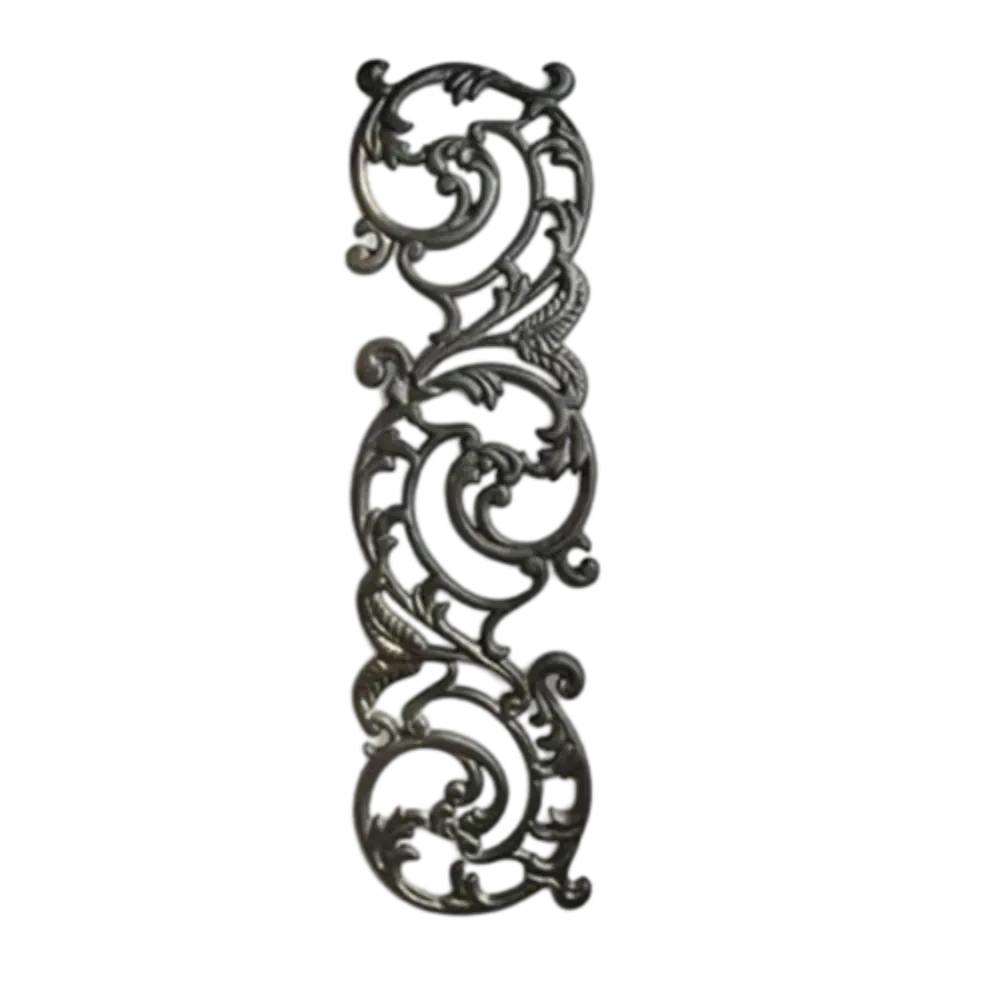Exploring the Properties and Applications of Cast Iron in Modern Industry and Craftsmanship
The Significance of Cast Iron in Modern Engineering and Design
Cast iron, known for its excellent castability, durability, and wear resistance, has been a cornerstone of engineering and manufacturing since its early days. With origins dating back to ancient China, cast iron has evolved significantly, finding its applications in various industries, from automotive to architecture. This article explores the characteristics, advantages, and modern uses of cast iron, illustrating its enduring relevance in contemporary design and engineering.
Composition and Properties
Cast iron is an alloy primarily composed of iron, carbon, and silicon. The carbon content typically ranges from 2% to 4%, which significantly influences its properties. The most common types of cast iron are gray iron, ductile (or nodular) iron, white iron, and malleable iron, each offering distinct characteristics suitable for varying applications.
Gray iron, recognized for its excellent machinability and damping capacity, is often used in engine blocks and machine bases. Ductile iron, which can be subjected to deformation without breaking, is favored for manufacturing components that require high strength and toughness, such as automotive frames and piping systems. White iron, with its hard and brittle nature, finds utility in wear-resistant applications, while malleable iron, treated to improve its ductility, is used in intricate castings and fittings.
The Significance of Cast Iron in Modern Engineering and Design
One of the primary advantages of cast iron is its ability to be cast into complex shapes, making it ideal for intricate designs that cannot be achieved with other materials. This versatility reduces the need for additional machining, thereby lowering production costs and time. Furthermore, cast iron's excellent thermal conductivity ensures even heat distribution, making it an ideal material for cookware such as skillets and Dutch ovens.
hierro fundido

In addition to its casting capabilities, cast iron boasts impressive durability. It can withstand high temperatures and significant wear, making it a go-to option for heavy-duty applications. Its inherent corrosion resistance, especially in gray and ductile varieties, allows it to endure harsh environments, adding to its appeal in the construction and automotive sectors.
Contemporary Applications
In modern engineering, cast iron continues to play a vital role. In the automotive industry, it is widely used for components like cylinder heads, engine blocks, and brake discs, where strength and heat resistance are paramount. In construction, cast iron is utilized in architectural elements such as railings, columns, and decorative facades, combining functionality with aesthetic appeal.
The popularity of cast iron cookware has also surged in recent years, driven by a growing interest in healthy cooking practices and sustainable materials. Cast iron pans are favored for their ability to create a natural non-stick surface when seasoned, along with their durability, which allows for years—if not decades—of use.
Moreover, cast iron's role in sustainable practices cannot be overlooked. Its longevity and recyclability make it an environmentally friendly choice compared to more disposable materials. As industries shift toward sustainable solutions, cast iron's ability to be reshaped and reused positions it well in a circular economy.
Conclusion
In summary, cast iron remains a crucial material in both engineering and design, thanks to its unique properties and advantages. From its historical roots to its modern applications, cast iron demonstrates a remarkable ability to adapt and thrive. As we move forward, its significance in sustainable manufacturing practices and its versatility in design will continue to highlight cast iron as a timeless choice for a wide array of applications. Whether in the form of sturdy machinery components or elegant cookware, cast iron is indeed an enduring material that bridges the gap between tradition and innovation.
-
Wrought Iron Components: Timeless Elegance and Structural StrengthNewsJul.28,2025
-
Window Hardware Essentials: Rollers, Handles, and Locking SolutionsNewsJul.28,2025
-
Small Agricultural Processing Machines: Corn Threshers, Cassava Chippers, Grain Peelers & Chaff CuttersNewsJul.28,2025
-
Sliding Rollers: Smooth, Silent, and Built to LastNewsJul.28,2025
-
Cast Iron Stoves: Timeless Heating with Modern EfficiencyNewsJul.28,2025
-
Cast Iron Pipe and Fitting: Durable, Fire-Resistant Solutions for Plumbing and DrainageNewsJul.28,2025
-
 Wrought Iron Components: Timeless Elegance and Structural StrengthJul-28-2025Wrought Iron Components: Timeless Elegance and Structural Strength
Wrought Iron Components: Timeless Elegance and Structural StrengthJul-28-2025Wrought Iron Components: Timeless Elegance and Structural Strength -
 Window Hardware Essentials: Rollers, Handles, and Locking SolutionsJul-28-2025Window Hardware Essentials: Rollers, Handles, and Locking Solutions
Window Hardware Essentials: Rollers, Handles, and Locking SolutionsJul-28-2025Window Hardware Essentials: Rollers, Handles, and Locking Solutions -
 Small Agricultural Processing Machines: Corn Threshers, Cassava Chippers, Grain Peelers & Chaff CuttersJul-28-2025Small Agricultural Processing Machines: Corn Threshers, Cassava Chippers, Grain Peelers & Chaff Cutters
Small Agricultural Processing Machines: Corn Threshers, Cassava Chippers, Grain Peelers & Chaff CuttersJul-28-2025Small Agricultural Processing Machines: Corn Threshers, Cassava Chippers, Grain Peelers & Chaff Cutters












